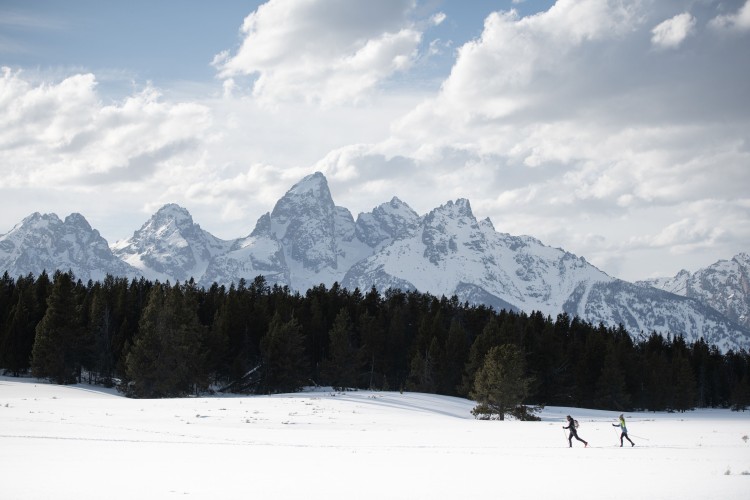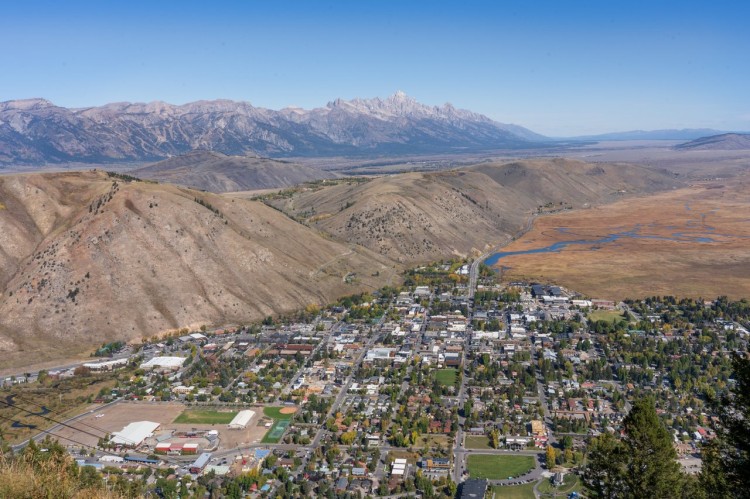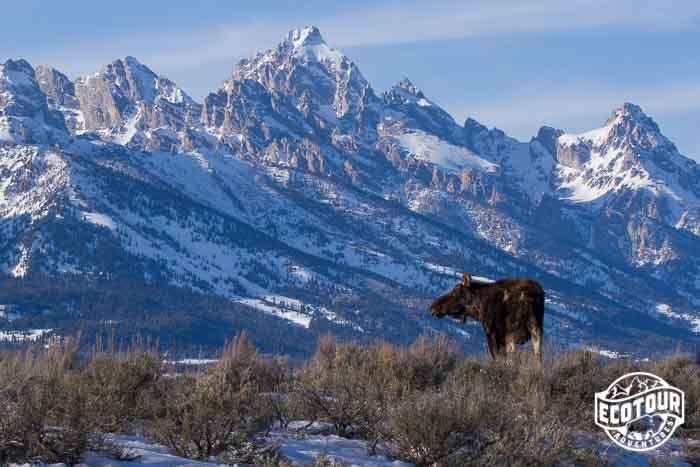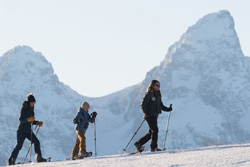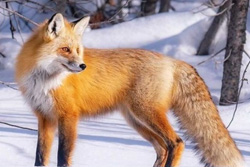Research Revealed: Declining Moose Populations
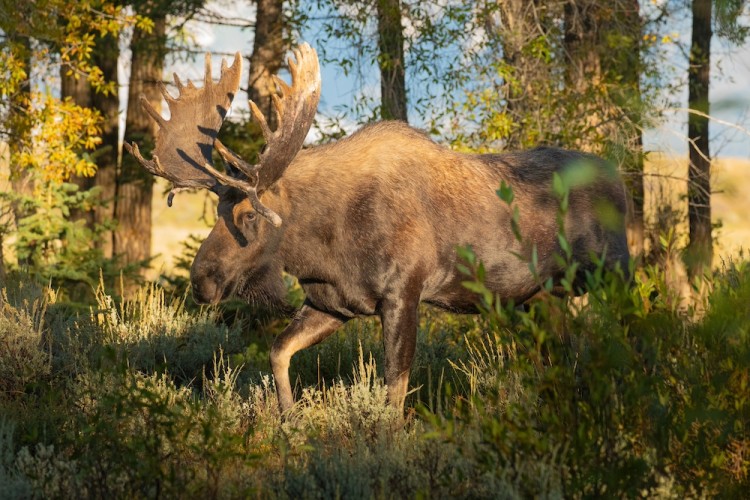
The Shiras moose is the smallest subspecies of moose in North America. Found predominantly in the Rocky Mountains, their range includes parts of Wyoming, Montana, Idaho, Colorado, Utah, and southwestern Canada. This is the moose guests see on our tours. Characterized by their relatively smaller size, Shiras moose have long legs, a large nose, and broad, palmate antlers. Their diet consists mainly of willow, aspen, and aquatic vegetation. They are well adapted to mountainous and forested habitats, but their populations face threats from habitat loss and parasitic infections like the arterial worm.
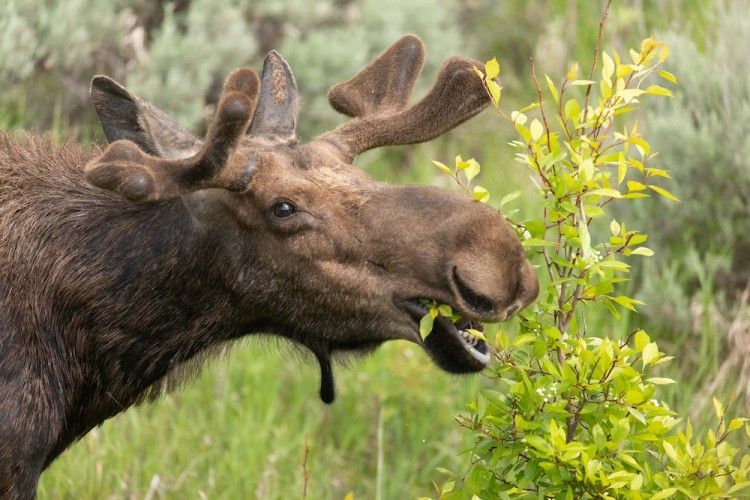
Photo by ETA Naturalist Rafael Sandoval.
Recent research has revealed that the arterial worm, also known as Eleaophora schneideri, has had a greater detrimental effect on Shiras moose populations than previously thought. A Washington State University study examined deceased Shiras moose in Idaho between March 2020 and July 2022 and found the parasite present in 10 of the 20 adult moose studied in the southeastern portion of the state. Not only that, but nine of these infected moose had adult worms in their major arteries, and their brains were littered with microfilariae, or the microscopic early life stage of the worm.
The arterial worm is primarily transmitted through horse and deer flies and is generally found in the carotid arteries of the head and neck. Here, worms mate and release microfilariae into the bloodstream. Adult worms can reach up to 4.5 inches long!
Infected moose wind up with a disrupted circulatory system, which can advance to blindness, abnormal behavior, physical damage to the ears and muzzle, and death. Unfortunately, no tests exist to determine whether a living moose is infected with the worm.
Researchers surmised that, although subtle, the widespread damage to the brains of moose may be resulting in reduced fitness, which then increases the risk of predation.
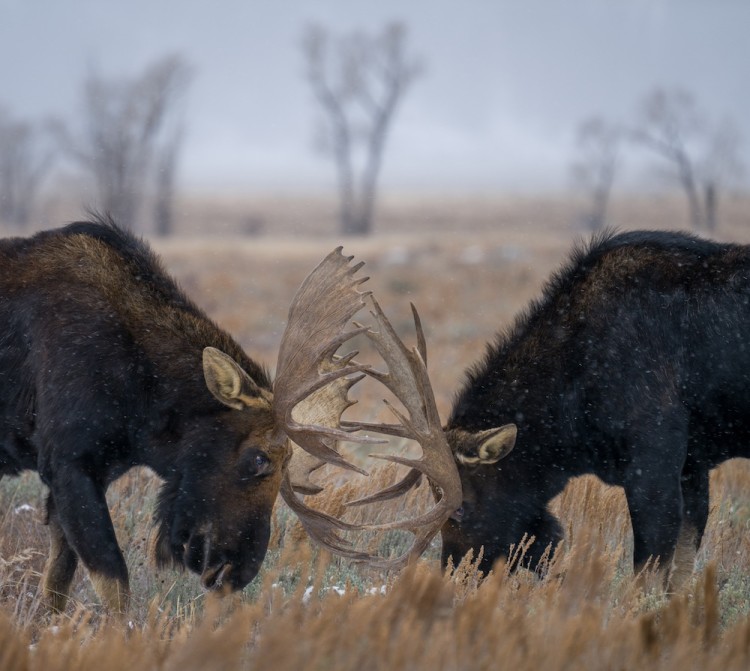
Photo courtesy of ETA Naturalist Roy Cruz.
The prevalence of this parasite in southeastern Idaho aligns well with what we have been observing in northeastern Wyoming; while on tour, we can see visible signs of moose battling the arterial worm – damage to the tips of their ears is the most obvious sign.
Climate change is likely exacerbating the spread of the arterial worm, further speeding up the negative impacts moose populations face in the Rocky Mountain West. It’s clear that more research is needed to determine the full extent of the arterial worm on wildlife populations, and we can only hope that alongside more findings, a way to help our moose populations also arises.




